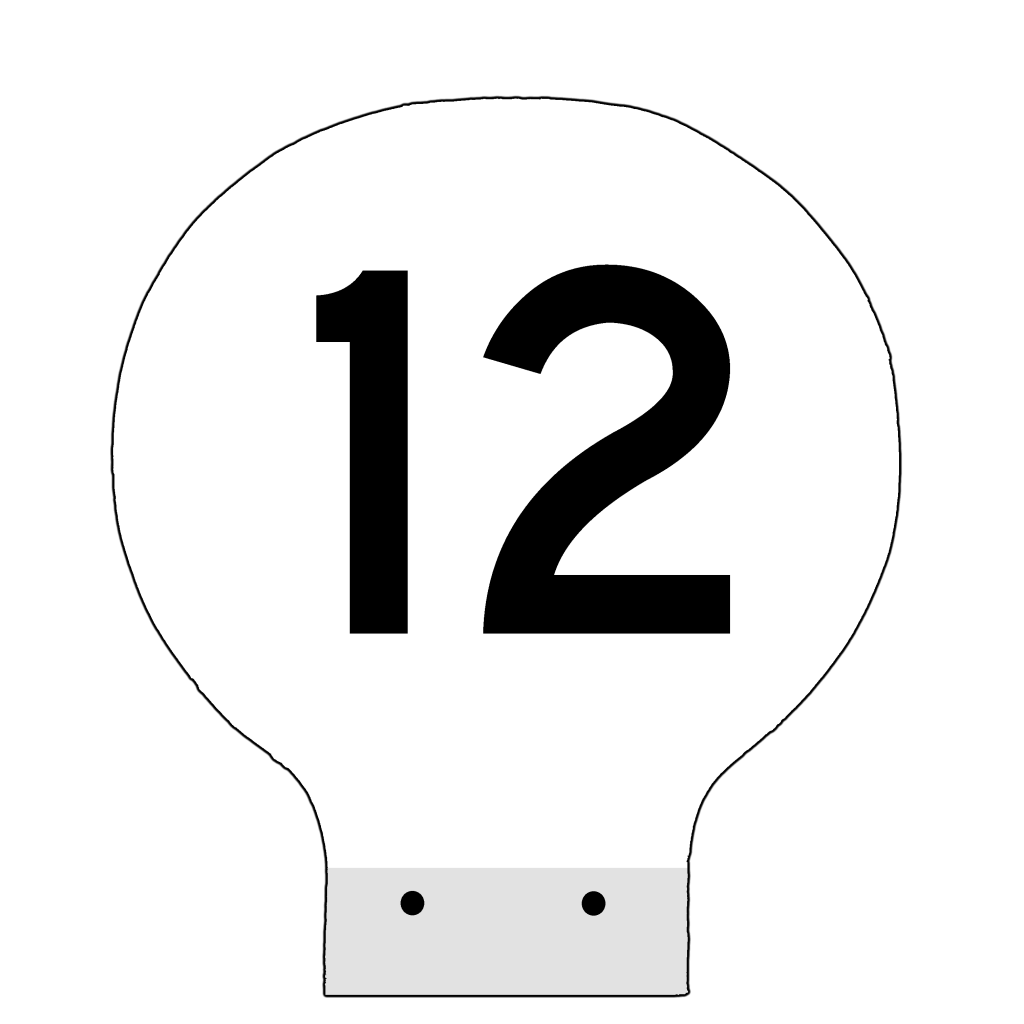
1-2 Digit Milepost
Mileposts ranging from 0 – 99 were placed using this design. It is more circular and supports up to 2 digits.
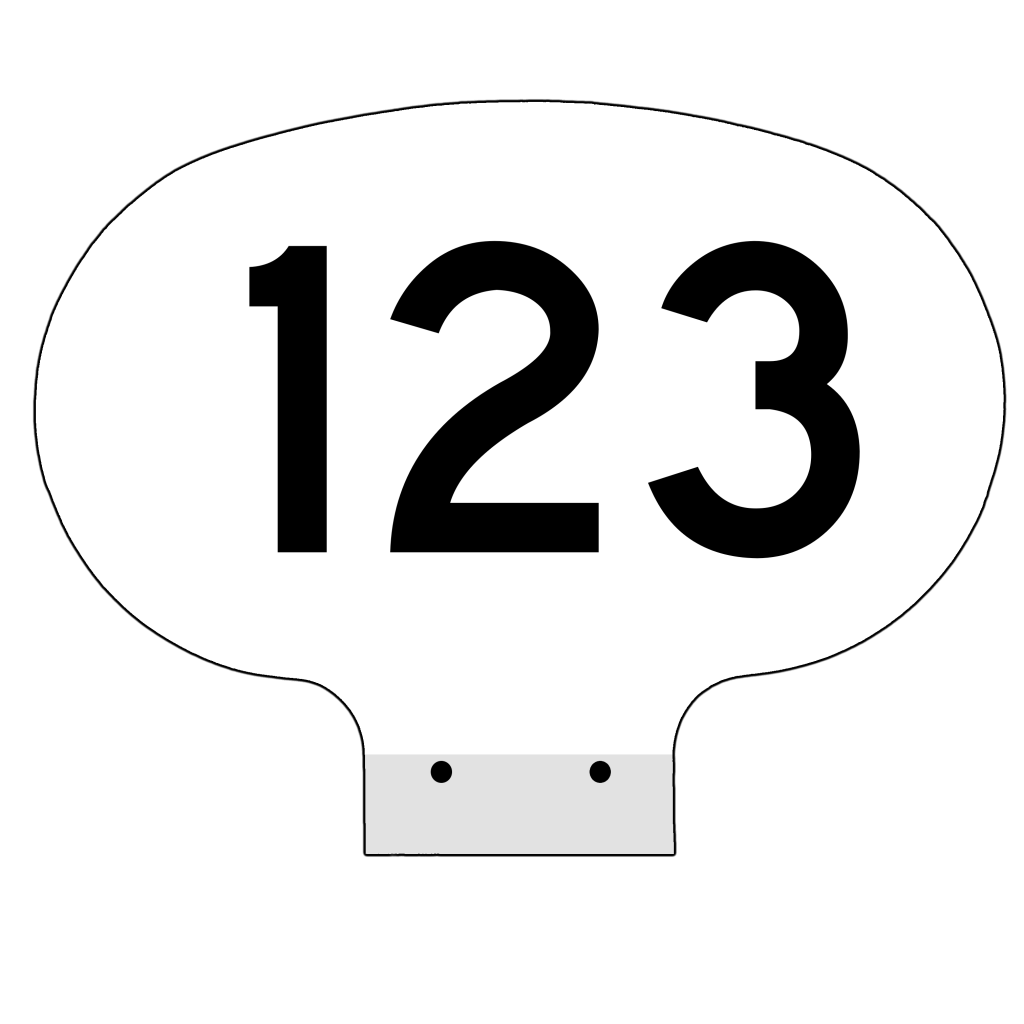
3 Digit Milepost
Mileposts ranging from 100 – 999 were placed using this design. It is more ovular and supports up to 3 digits. At one time, designs were in place on the cast iron signs for up to 4 digits, but no line ever reached this length.
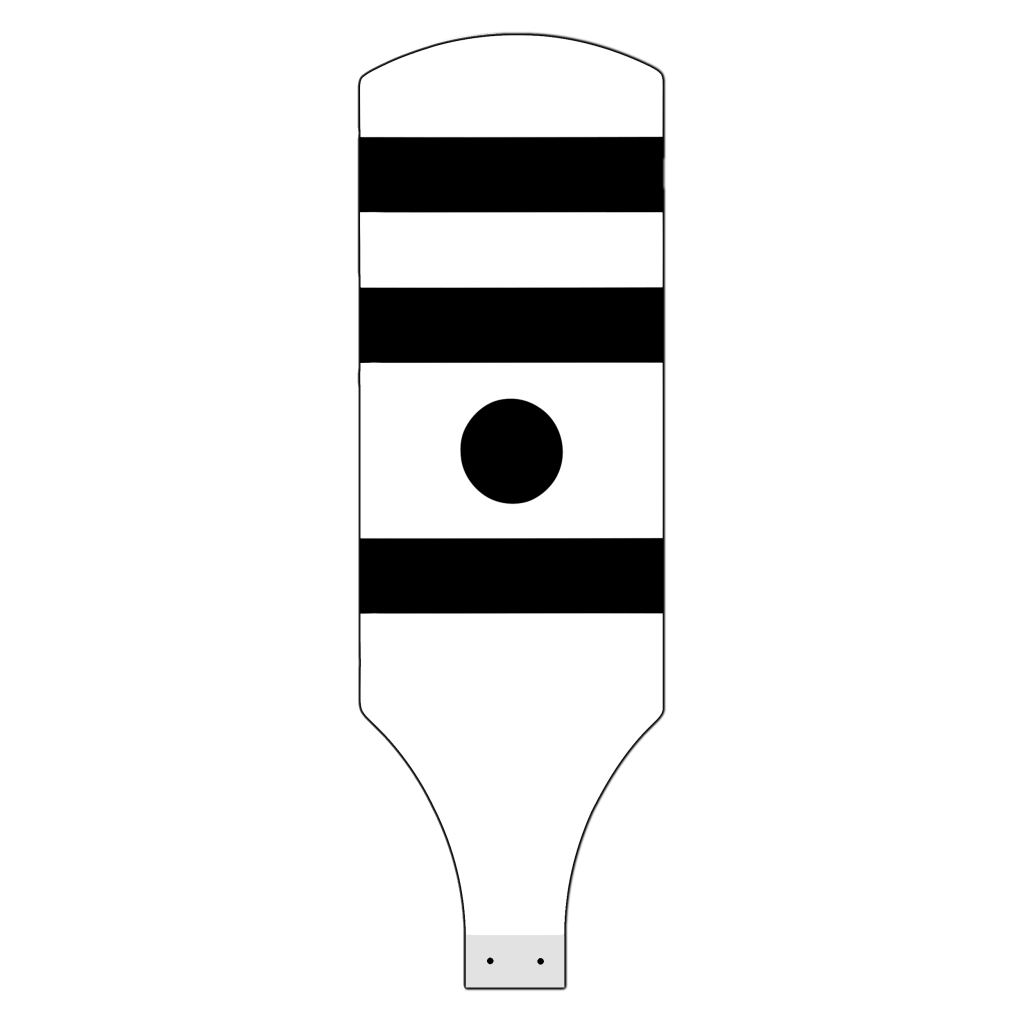
Whistlepost
Placed at every grade crossing approximately 1600′ ahead of the crossing in both directions. Placement could vary depending on local laws and regulations.

Clearance Post
Placed at the clearance points of switches. As described in the standard plans: “Place Clearance Post On Turnout Side 5ft. From Clearance Point Of Turnout Track With Face Of Sign At Right Angles To Track. For Track Diverging From Main Track Place Post Where Tracks Are 14ft. Center To Center. For All Other Tracks Place Post Where Tracks Are 13ft. Center.”
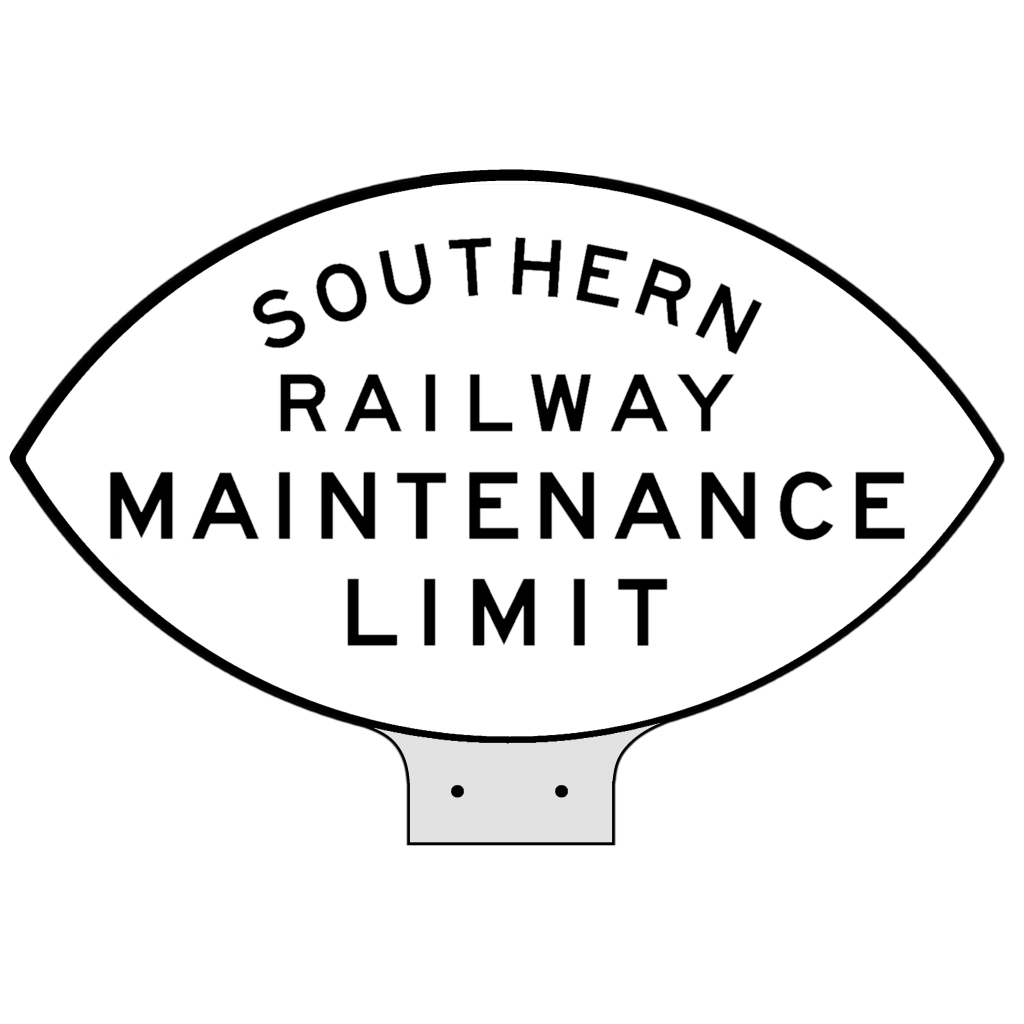
Maintenance Limit
Placed at the point where maintenance by the Southern Railway ends. As described in the standard plans: “Maintenance Limit Sign To Be Placed At Right Angle To Track Opposite Of The Exact Point Where Maintenance Of Track Ceases To Devolve On Southern Railway, With Face Of Sign Reading From The Direction Of Part Maintained By Southern Railway.“
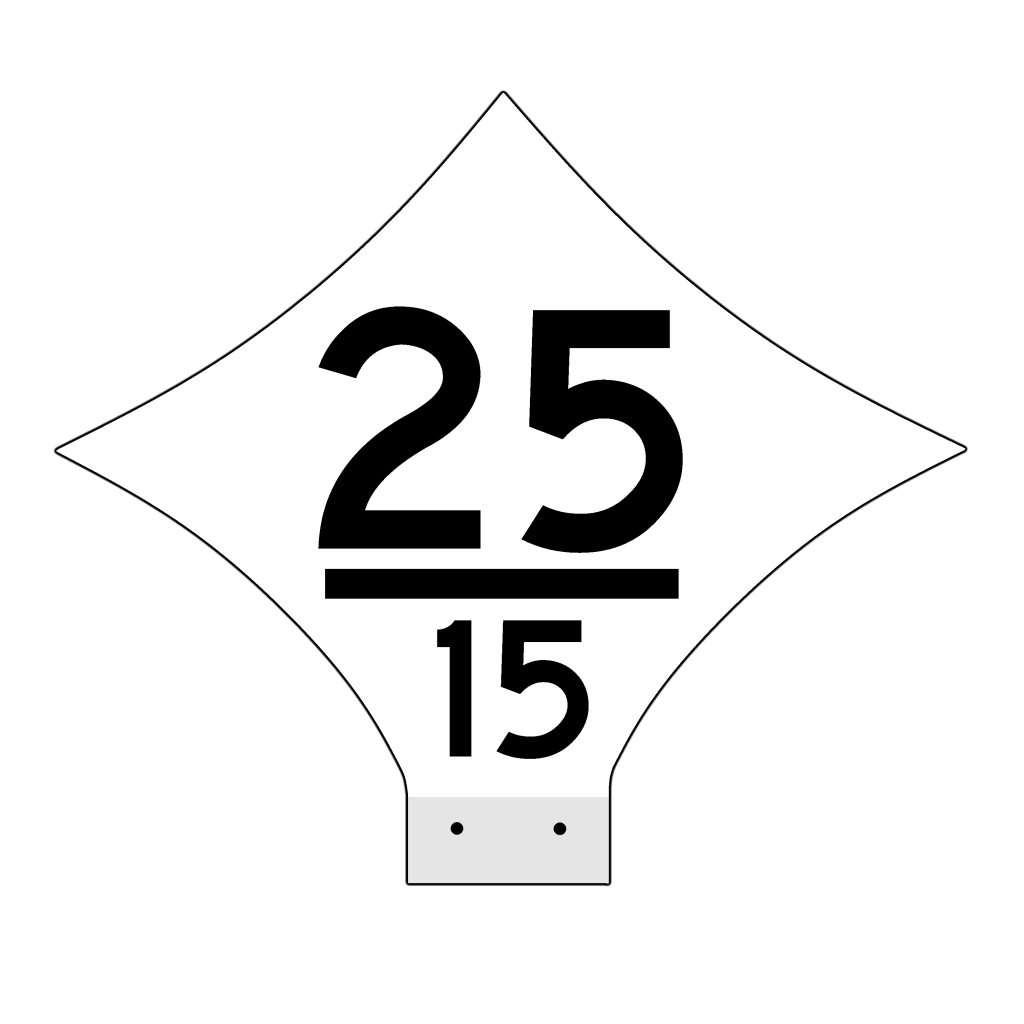
Speed Limit
Placed 0.5 miles ahead of a permanent speed restriction. On lines with passenger service, the upper number was used by passenger trains and the lower number by freight.

Spring Switch
Placed to the right on the trailing point of spring switches. Clearance posts could be omitted if spring switch signs were in place.

State Line
Placed on the border between states with side of state facing away from named state.

Double Track Begins
Placed 350′ from the point of a switch where rule 261 (bi-directional running) begins. Faces towards facing point of switch.
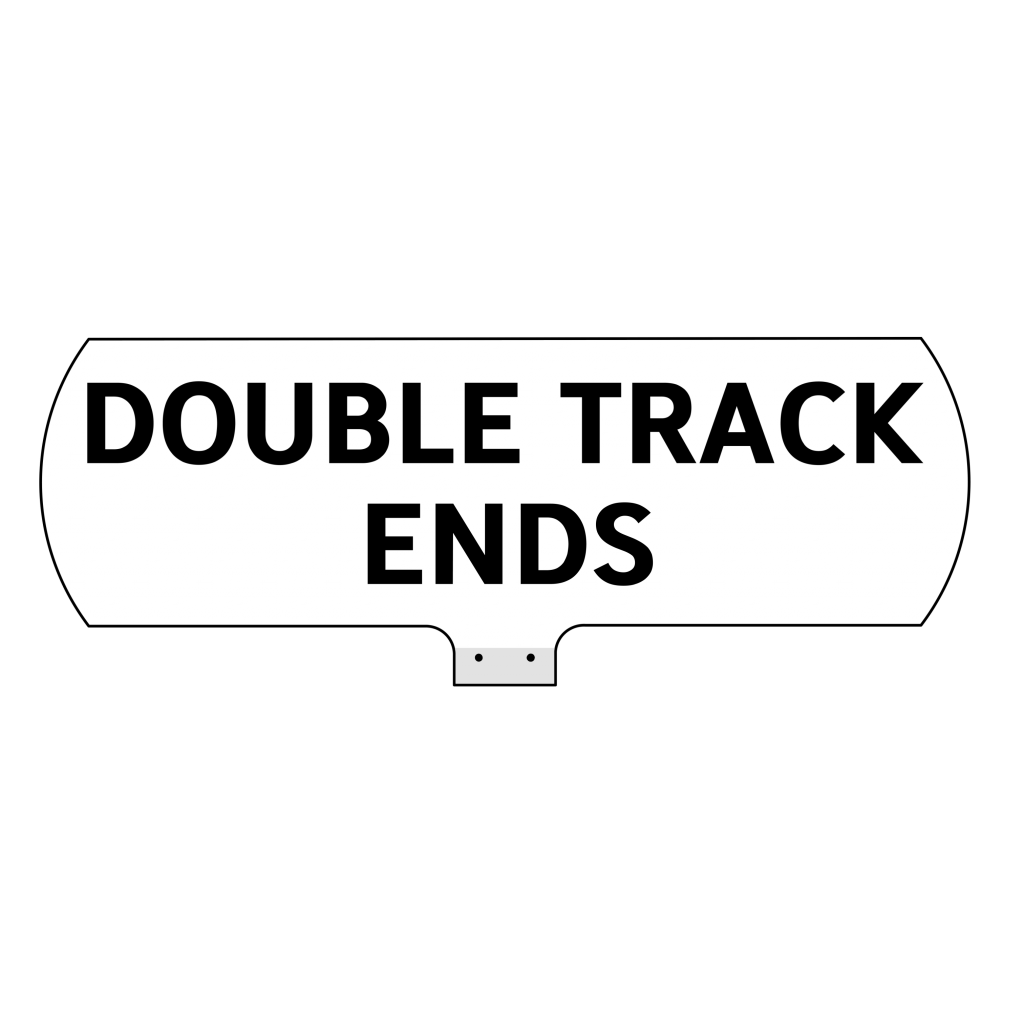
Double Track Ends
Placed 350′ from the point of a switch where rule 251 (bi-directional running) is in place. Faces towards trailing point of switch.

Start Automatic Block
Placed to the right of the first automatic signal in rule 271 territory.
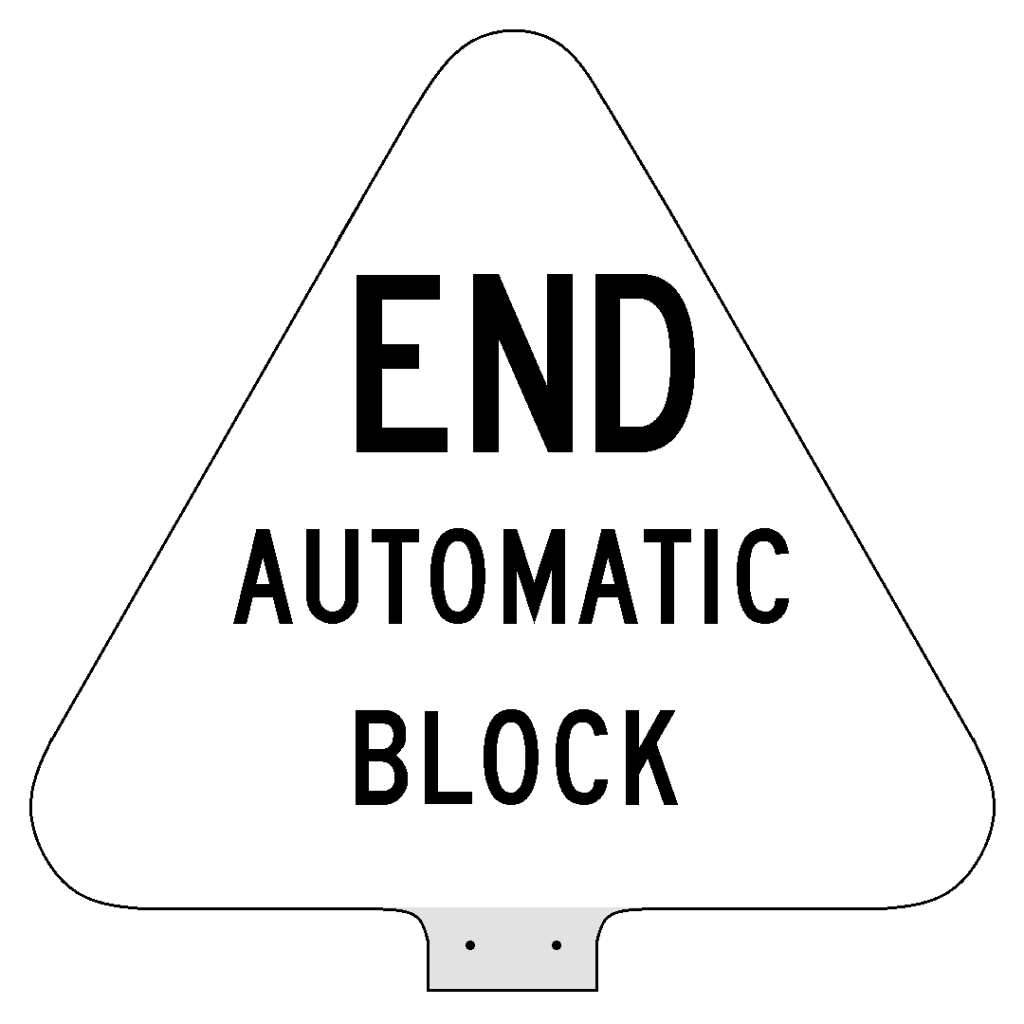
End Automatic Block
Placed to the right of the last insulated joint in rule 271 territory.

Begin CTC
Placed on or beside first controlled signal for CTC territory. No cast iron version of this sign ever existed as the Southern Railway was a late adopter of CTC, preferring train orders.

End CTC
Placed on or beside last controlled signal for CTC territory. No cast iron version of this sign ever existed as the Southern Railway was a late adopter of CTC, preferring train orders.
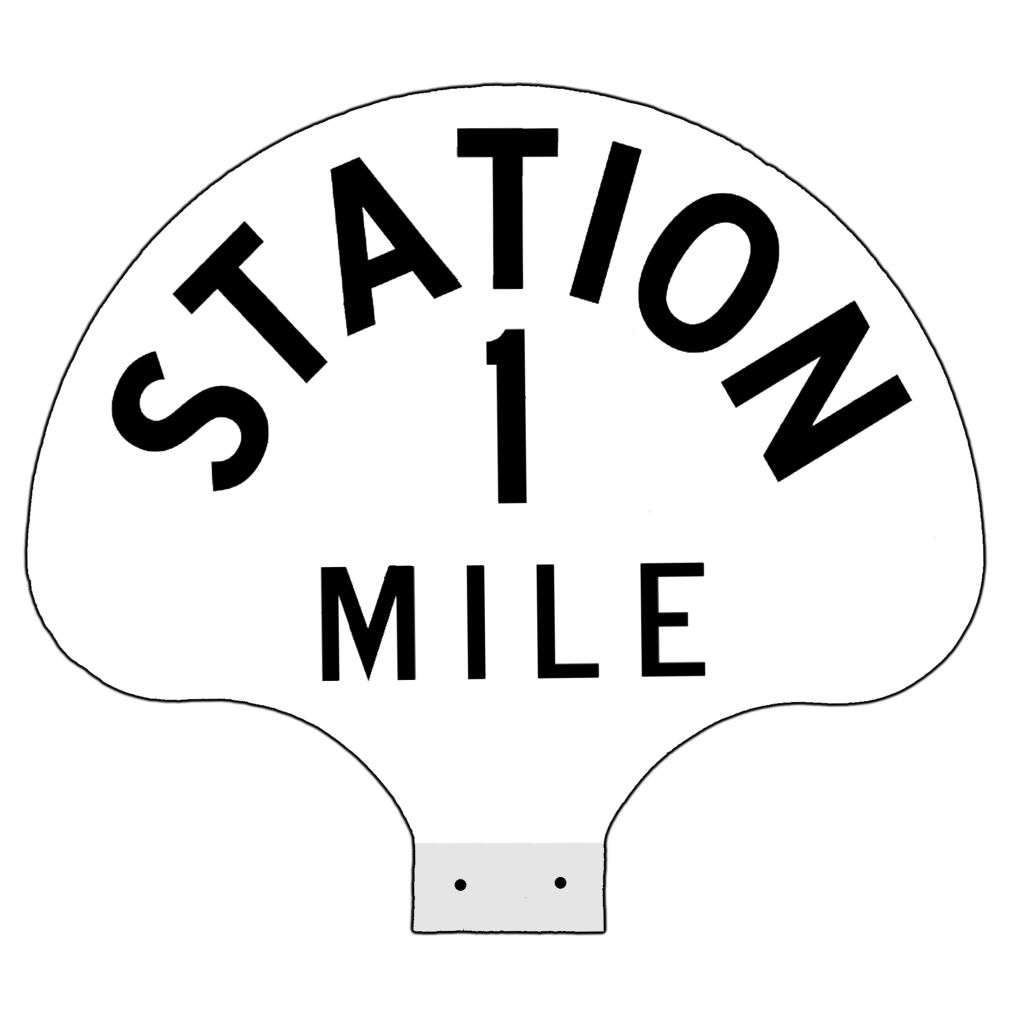
Station Warning
Placed exactly one mile in each direction from station.

Drawbridge Warning
Placed exactly one mile ahead of drawbridge. Early on, warning signs existed for 500′, 1000′, and 3000′. The standard for shorter distance warnings faded away in the 1940s and 1950s.

Stop
Typically used at stopping points where a signal system is not in place. Can also be used at tops of steep grades where a final check is required before descending. When in place, it is to be treated the same as a restricting signal. As described in the standard plans: “To Be Located On Right Side Of Track Not Over 100′ In Each Direction From Railroad Crossings At Grade, And From Ends Of Drawbridges; Other Locations As Directed By Superintendent.“

Yard Limit
Placed at the edges of yard limits, typically on the right when entering. Yard limits are also known as rule 98 territory.

Railroad Crossing Warning
Placed exactly one mile ahead of railroad crossings at-grade. Not to be confused with road crossings, the sign was only used for diamonds between two rail lines.
